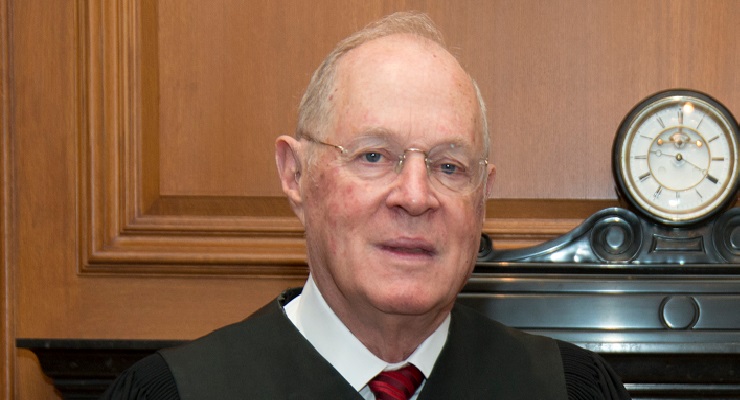
There are major changes in technology leading to new realization that gerrymandering can be solved. A recent post at Salon by David Daley, author of “Ratf**ked: Why Your Vote Doesn’t Count” and a senior fellow at FairVote, had the story:
Kennedy presciently noted that while sophisticated new mapmaking software represented a potential threat to democracy, “these new technologies may produce new methods of analysis that make more evident the precise nature of the burdens gerrymanders impose on the representational rights of voters and parties.” If so, he concluded, “courts should be prepared to order relief.”
The justice could not have been more of a visionary: As new software and data sets made it possible to sort voters surgically and turn district lines into firewalls – aided by hardened partisanship and clustering of like-minded voters – the Republican REDMAP strategy reinvented the gerrymander after the 2010 census as a tool to lock in control at all levels of government despite a deeply and nearly evenly divided country.
According to information posted at Oyez, here is some background on Justice Anthony M. Kennedy:
Kennedy worked in private practice in both San Francisco and Sacramento after passing the bar exam in 1962. He took over his father’s law practice in Sacramento after he passed away in 1963, which Kennedy ran until 1975. Additionally, Kennedy joined the faculty of the University of the Pacific’s McGeorge School of Law in 1965 and taught as a Professor of Law for over 20 years.
During his private practice years, Kennedy worked as a lobbyist for the Republican Party in California with Ed Meese, a lobbyist connected with then-Governor Ronald Reagan. Kennedy assisted Reagan in drafting a ballot initiative to cut state spending. Though the proposition failed, Reagan recommended Kennedy to President Gerald R. Ford for a seat on the U.S. Court of Appeals for the Ninth Circuit.
Kennedy was appointed to the bench on May 30, 1975, making him the youngest federal appellate judge in the country at age 38. While Kennedy’s ideological beliefs differentiated him from the more liberal-minded judges appointed during the Carter administration, he took a narrow case-by-case approach in his opinions. His polite demeanor on the bench kept deliberations serene in the divided court. Kennedy’s leadership of the Ninth Circuit’s conservative minority earned him a positive reputation amongst lawyers and judges.
He was added to a shortlist of candidates to replace Supreme Court Justice Lewis Powell in 1987; however, President Reagan nominated Robert H. Bork, whose crass personality and strict adherence to conservative ideology in law and policy ultimately led to his rejection by the Senate. Kennedy was eventually nominated and unanimously confirmed as a more amicable candidate. He took his seat on the Court on February 18, 1988.
Leave a Reply